There were two places I was particularly excited about visiting in southern Italy, Matera and the trulli in Alberobello. James Bond, specifically the opening sequence in No Time to Die, had piqued my interest in Matera, whereas images of rows of quirky, Hobbit-sized houses with conical roofs on travel websites had earned Alberobello a place on my travel wish list.
Both Matera and Alberobello have become increasingly popular with foreign tourists in recent years, not that I had any idea how popular Alberobello had become; the train we were trundling along in was mostly empty. Most visitors arrive in Alberobello by car or coach. As we were staying in nearby Locorotondo, getting there by train in under 15 minutes for just over a euro was by far a more relaxing, environmentally friendly, and cost-effective way of travelling.
A travel article I read stated, ‘once you arrive in the town’s centre, it’s immediately clear where to head. That’s assuming you arrive by road. Arriving by train, there’s no sense of Alberobello being the city of trulli at all. The surroundings are very much any southern European modern town, with streets of characterless apartment blocks. Signs point the way to the Zona Monumentale a Trulli, but initially there are no examples of the strange little structures, and that serves to heighten anticipation. The first proper sighting is at a viewpoint on Piazza del Popolo, where a typical Italy Italian piazza is replaced by a scene that could be the product of Tolkien’s imagination. A procession of trulli fill the urban valley below, climbing up the hillside opposite, so tightly clustered together all that’s visible of most are their wizard-hat roofs. For me, this scene alone made the trip to Alberobello worthwhile. During the latter stages of the train trip from Bari to Locorotondo, I’d seen plenty of trulli half-hidden amid the olive groves; however, those didn’t prepare for standing above a veritable army of them. As well as being a ‘wowser’ introduction, the viewpoint was a great vantage point to get my bearings and devise a rough plan for a meander through these unusual constructions.
What are the trulli?
Originally built as temporary agricultural structures meant for shelter or storage, the trulli are constructed from limestone boulders. Walls are especially thick, making them robust enough to support the distinctive conical roof of flat, limestone slabs which sits directly on top of them. Traditionally, no mortar was used to build trulli, and roofs were specifically designed so they could be quickly dismantled if the ‘taxman’ was in the vicinity. Although, these roofs are so beautifully constructed that tearing them down and building them back up again doesn’t seem that straightforward or easy a task. Some trulli have mysterious symbols on their roofs, said to be there to ward off malevolent spirits and bad luck.
Even though there are trulli dotted around parts of Puglia’s countryside, nowhere are they as concentrated as they are in Alberobello, where there are more than 1500. This has earned the place UNESCO World Heritage Site status, and also attracted hordes of daytrippers.
Finding your way around Alberobello
Finding your way through the trulli is like negotiating a maze, but one that’s a pleasure to become lost in. There are three distinct areas – Rione Monte, Rione Aia Piccola, and the immediate area around the Basilica. We began our exploration by wandering around Rione Aia Piccola as it was adjacent to Piazza del Popola. There were no crowds, no shops, and no restaurants, just a network of narrow streets snaking through an enchanting trulli neighbourhood. It was such serene strolling it lulled us into believing that, by visiting in late October, we’d avoided the crowds.
Leaving Rione Aia Piccola to cross Largo Martellotta and enter Rione Monte showed how wrong we were. Rione Monte is impressive, an architectural looker, with the trulli cascading up the hillside. And it’s also Alberobello’s tourist magnet. Where the streets of Rione Aia Piccola were tranquil, Rione Monte’s bustled with visitors, most following two arteries, both of which were lined with tourist and craft shops, restaurants, and bars; all there just to service visitors to the town. Crossing from one rione to another was culturally disorientating. It’s authentic, but the touristification of Rione Monte made it feel otherwise. That’s not to say it doesn’t look fabulous, or there aren’t things worth venturing into it to see – the trulli Church of Sant’Antonio, the Siamese trullo (trullo is the word for an individual construction), and Alberobello in miniature (admittedly a ploy to draw people into a shop, but it’s still quite interesting). However, leaving Rione Monte did feel akin to loosening a tie around my neck.
The area around the Basilica dei SS Medici, again on the side opposite Rione Monte, is the least impressive as far as trulli are concerned, but that is relative and it is the location of Trullo Sovrano, a unique two-storey trullo which is also a fascinating and fun, yes fun, museum. Any museum that informs of the multitudinous benefits of wine – from wine in which a viper was macerated as a cure against leprosy, to bathing newborns in wine to protect against adversity – is a winner in my book. Additionally, this area feels different, less touristy. In a café beside the museum, we paid around €3 for a couple of cappuccinos, half the price of those on menus in bars in Rione Monte.
In answer to the question posed at the start, is Alberobello a tourist trap or a travel treat? It is both. When places have something special about them, that’s inevitable. But I’ve yet to find a location where, if you wander away from the beaten path, you won’t find interesting yet less busy spots. In Rione Monte, I felt I was visiting a tourist attraction, whereas walking the streets of the other trulli areas felt more like a fascinating taster of an unusual aspect of Puglia’s past.


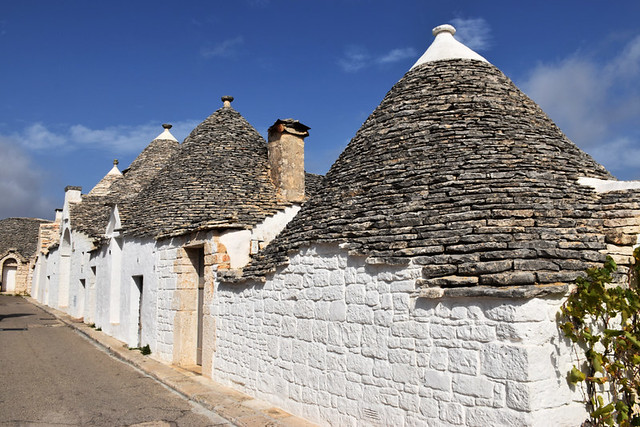
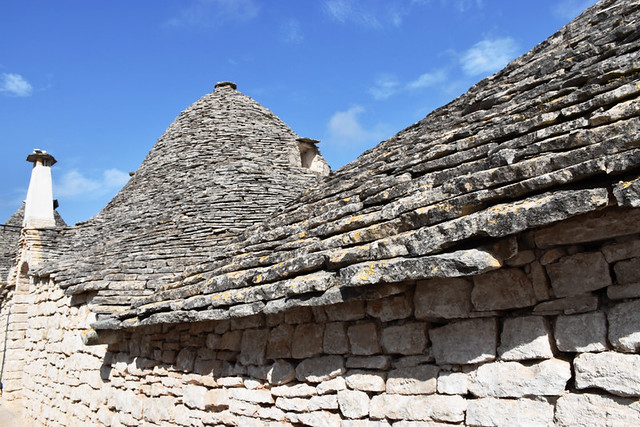

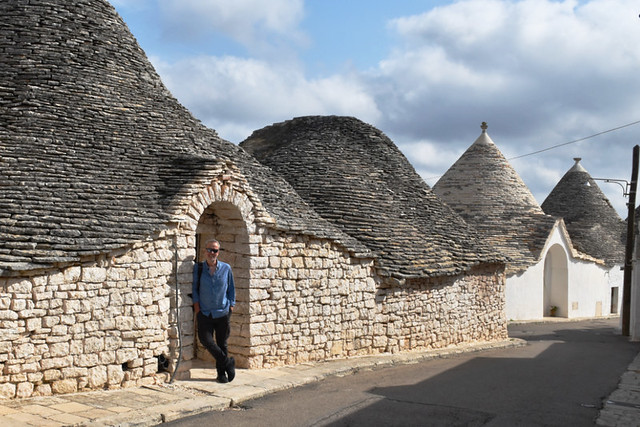
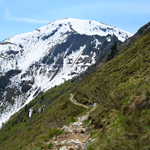
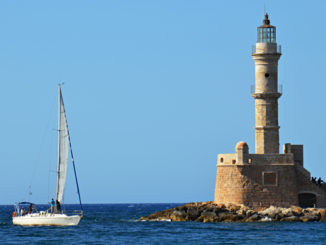

Be the first to comment